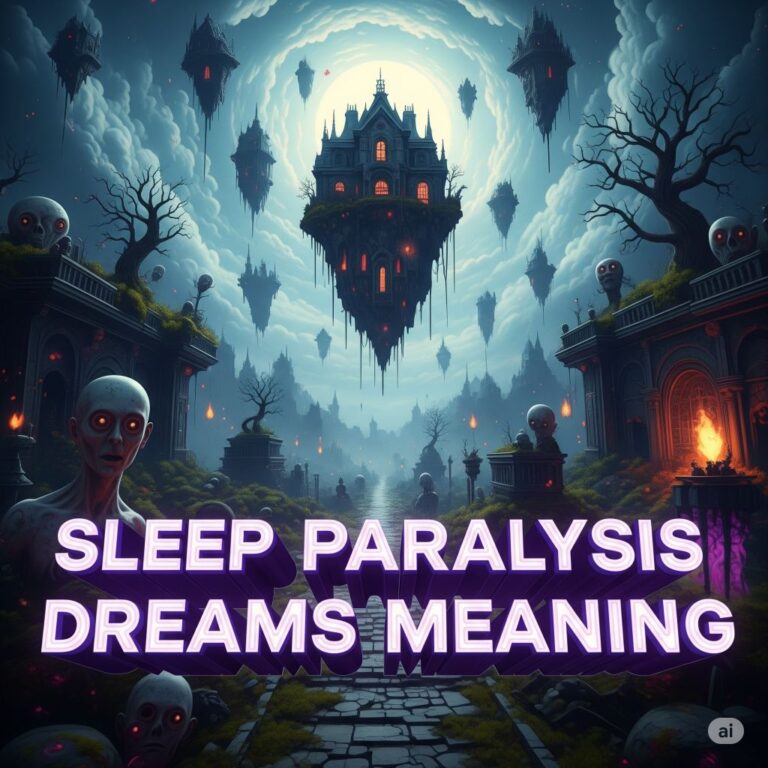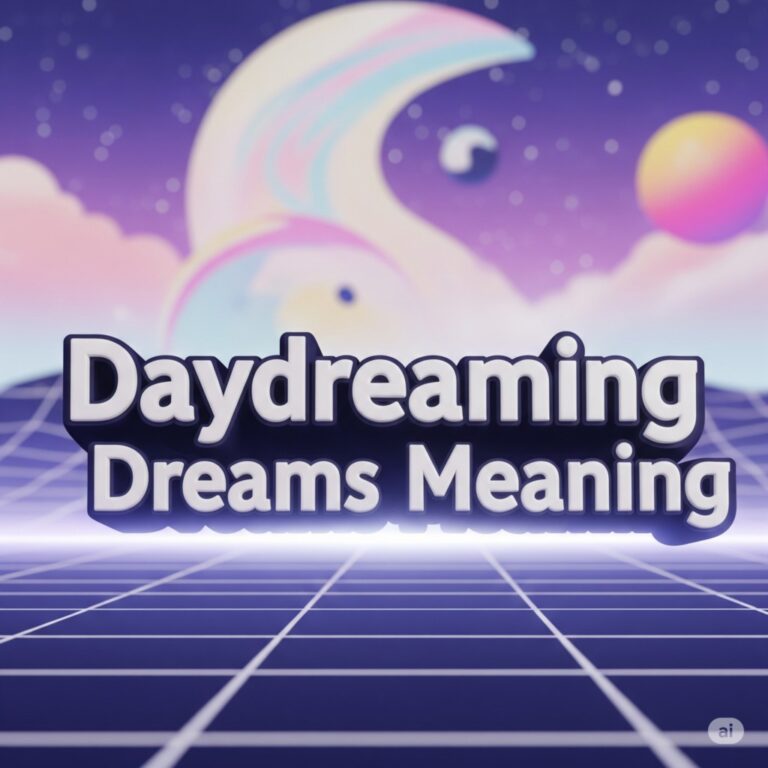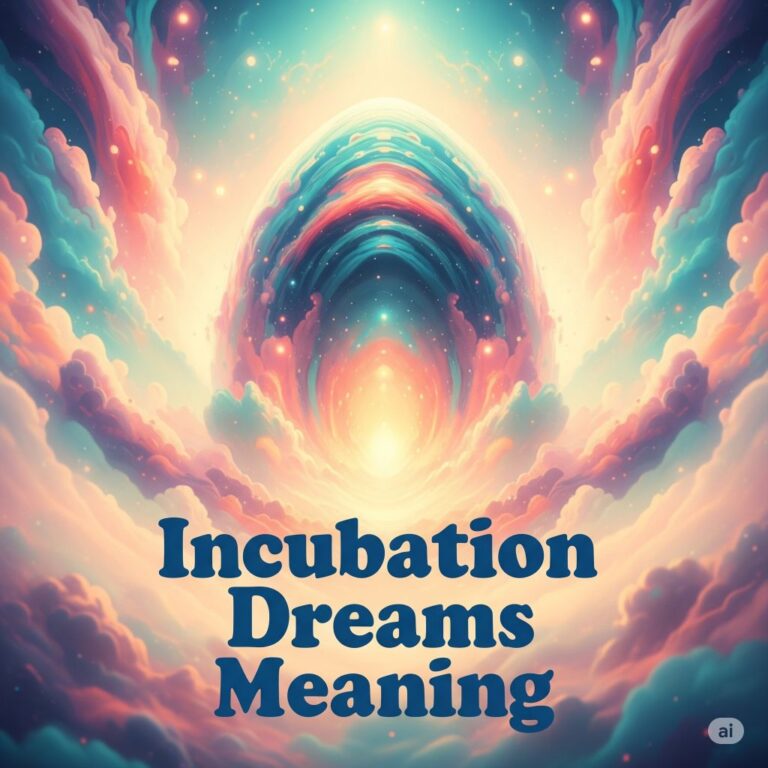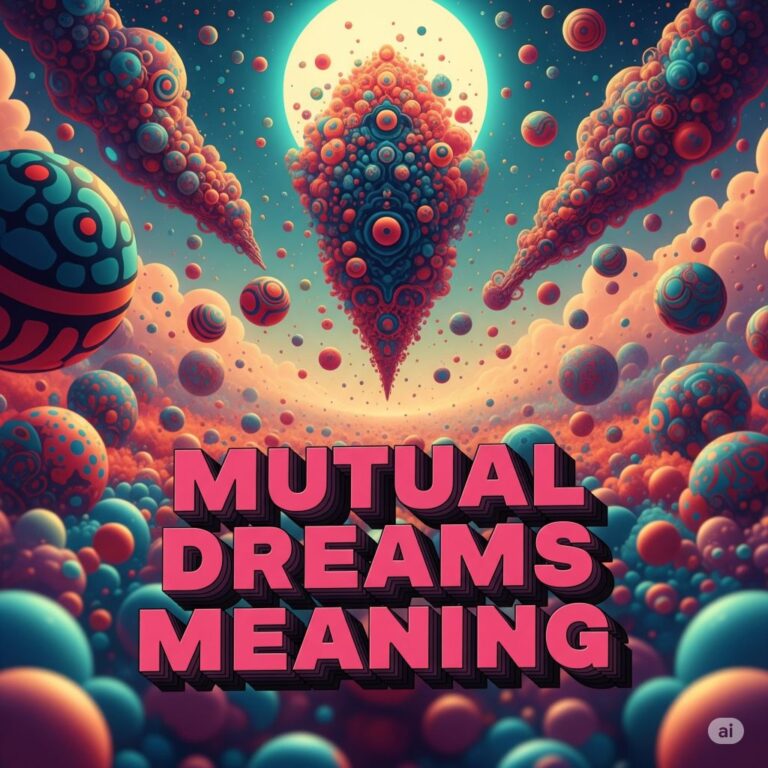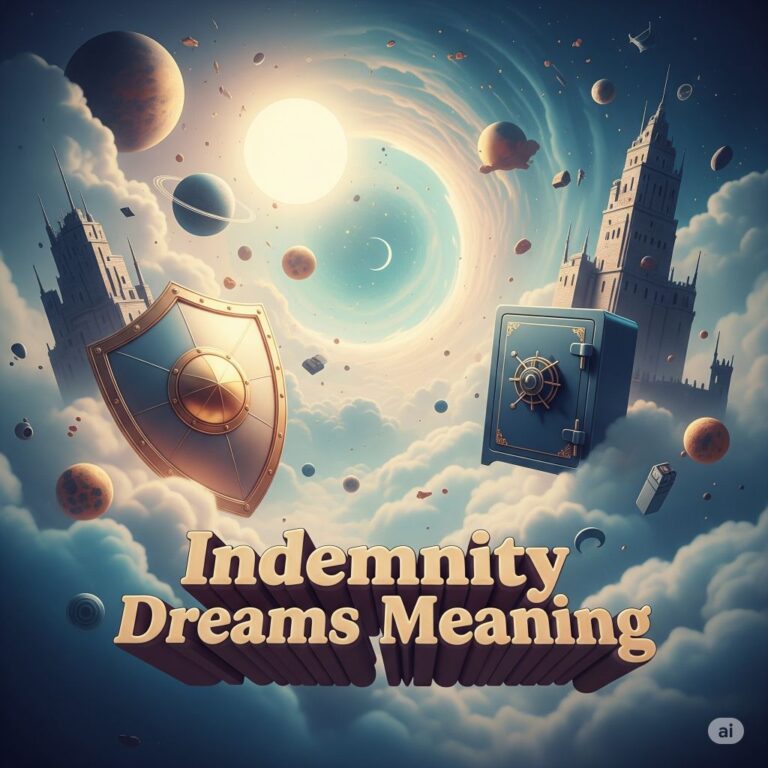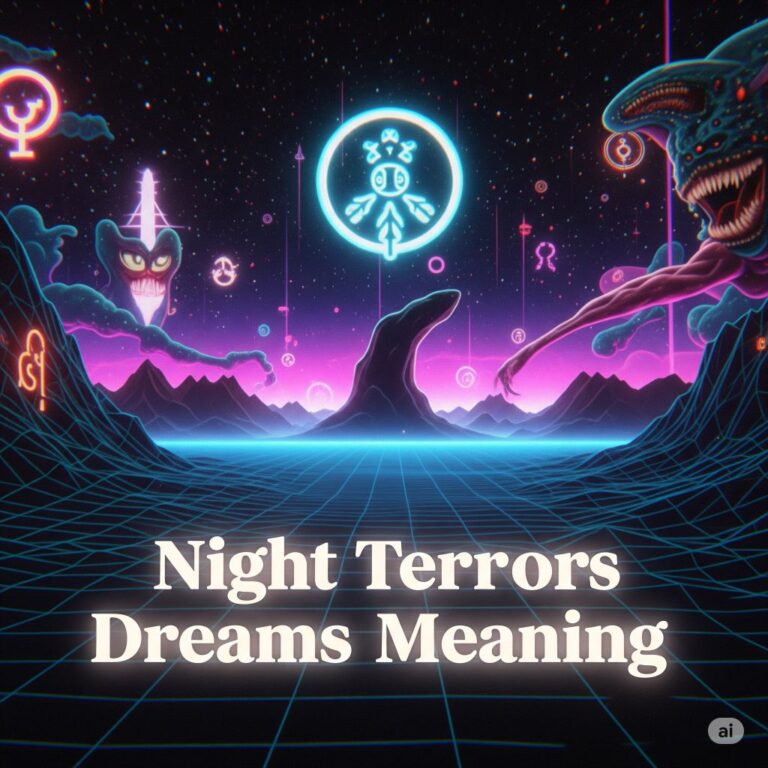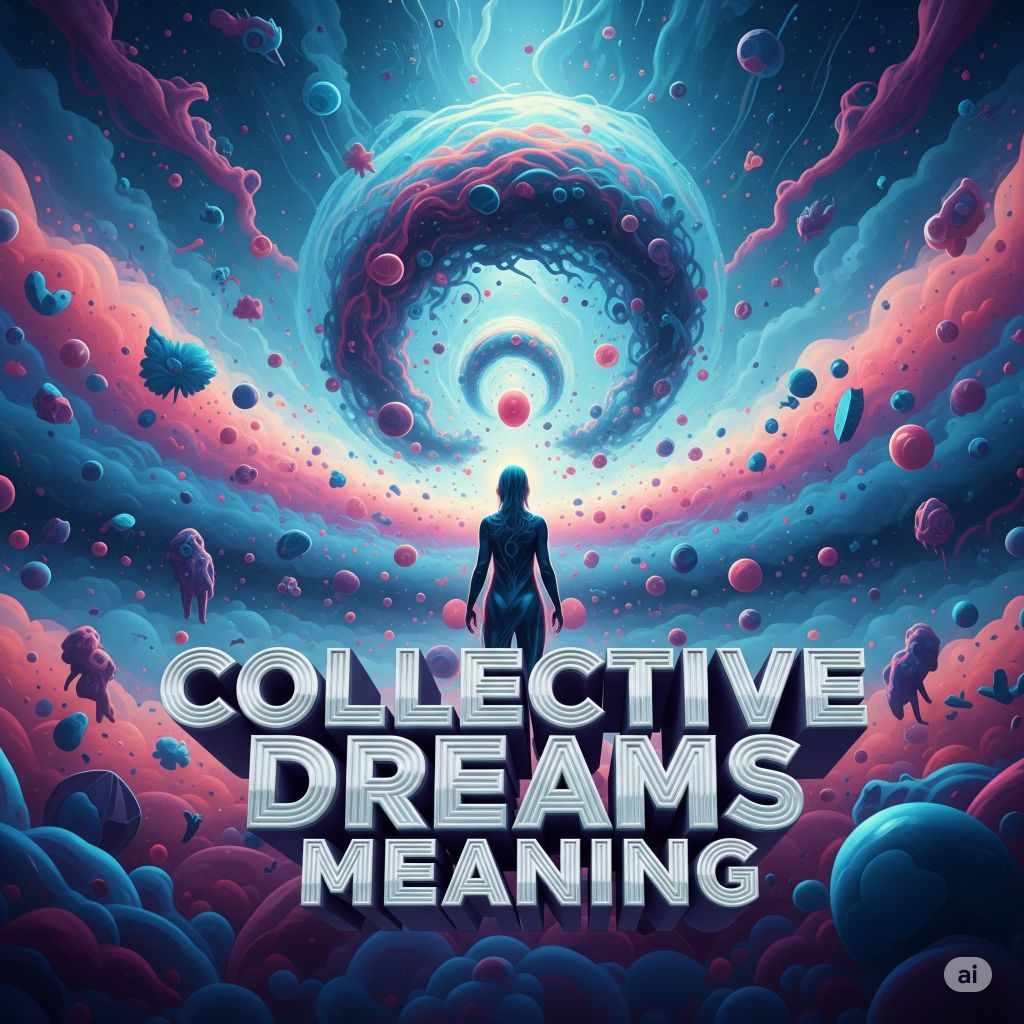
While most dreams are experienced in private, there are times when groups—sometimes even entire societies—share common dream themes, images, or premonitions. These are known as collective dreams. They represent a phenomenon where the personal boundaries between dreamers seem to blur and, across time and culture, shared symbolic patterns or common dream narratives emerge.
Are collective dreams a psychological coincidence, or is there a deeper explanation connecting individuals at the level of the unconscious? Let’s explore what collective dreams are, how they manifest, and why they matter.
What Are Collective Dreams?
Collective dreams are dreams that appear shared, either literally (simultaneous/similar content among several people) or metaphorically (recurring motifs or symbols across communities and cultures). They can occur:
- Among individuals with strong social, spiritual, or emotional bonds (family, close communities, partners)
- Across large groups during times of crisis, social upheaval, or dramatic world events
- As recurring archetypes or universal symbols independent of time or geography
Types of Collective Dreams
- Shared or Simultaneous Dreams: Two or more people have similar or the same dream on the same night or during close periods, often featuring shared symbols, places, or messages.
- Cultural or Epidemic Dreams: Many people in a society dream of similar things—often triggered by war, pandemics, social unrest, or natural disasters.
- Archetypal/Universal Dreams: Jung’s “collective unconscious”—the recurring dream motifs and symbols (e.g., floods, heroes, monsters) found in different cultures and eras.
Historical and Cultural Examples
1. Ancient Societies
- Greek and Roman Oracles: Dreams of entire communities recorded in times of crisis (e.g., plagues, wars). Dream priests interpreted recurring dream symbols as messages from the gods for the whole city.
- Indigenous Tribes: Many Native American and Aboriginal groups conduct group dream-sharing rituals to receive collective guidance for the tribe.
2. World Crises
- World Wars: Soldiers and civilians recorded waves of similar dreams (air raids, apocalypse, rescue) that mirrored shared anxieties.
- 9/11 and Major Events: After collective traumas, therapists notice a spike in clients dreaming of planes, destruction, salvation, or rescue—whether or not they’re directly involved.
3. Myth and Legend
- Flood Myths: Nearly every major culture features flood dreams/myths (Noah’s Ark, Gilgamesh, Deucalion)—a collective grappling with the fear (and renewal) from disaster.
4. Modern Studies
- The “DreamBank” at the University of California, Santa Cruz, has documented clusters of recurring dream themes that spike around world events (pandemics, wars, economic crashes).
The Collective Unconscious: Jung’s Theory
Swiss psychologist Carl Jung proposed that there exists a collective unconscious: a universal repository of symbols (archetypes) that surface in dreams worldwide. Examples include:
- The shadow (unacknowledged sides of ourselves)
- The wise old man/woman (guidance)
- The hero (struggle and transformation)
- The mother (nurture, creation)
- Flood, fire, birth, death, and rebirth
Jung’s theory explains why people unrelated by time or geography sometimes dream similar dreams. For Jung, collective dreams aren’t just curiosity—they show the psyche’s connection to all humanity and reflect deep cultural or existential issues.
Why Do Collective Dreams Happen?
Psychological Explanations
- Social Contagion: In times of shared stress, fear, or hope, minds “sync up,” leading to similar dreams as people process shared realities.
- Cultural Narratives: Media, rumors, and story-telling embed certain images (e.g., UFOs, floods) into the collective mind.
- Empathy and Mirror Neurons: Closely bonded individuals may experience “mirroring” in emotional and psychological states, reflected in dreams.
- Archetypal Triggers: Universal human experiences (birth, danger, transition) activate deep seeds of memory encoded in the collective unconscious.
Spiritual/Paranormal Explanations
- Some traditions see collective dreams as messages from the “spirit world,” ancestors, or universal consciousness—warnings, guidance, or collective healing.
- In mystical traditions, group dreaming (lucid dream circles, tribal dream quests) is a spiritual practice for group wisdom and decision-making.
Real-World Applications
- Dream Sharing for Healing: Trauma survivors, refugees, and crisis groups sometimes find healing in dream circles, discovering their nightmares are shared and thus normalized.
- Community Guidance: Indigenous or spiritual leaders sometimes “read” collective dreams for prophecy, direction, or to restore community balance.
- Art and Social Change: Recurring dream motifs (e.g., fire, freedom, transformation) can inspire collective action, art movements, or social revolutions.
Interpreting Collective Dreams
- Patterns Over Time: Look for repeated symbols, themes, or anxieties showing up in your social group or community’s dreams.
- Talk and Share: Discussing dreams with others can reveal collective layers you might miss alone.
- Context is Key: Social context (war, peace, change) will drive the nature of collective dreams.
- Personal vs. Collective: Even within a shared dream, personal details may tailor the larger symbol to your individual story.
Criticisms and Challenges
- Coincidence vs. Connection: Critics say collective dreams are simply coincidence or the result of cultural “programming.”
- Confirmation Bias: People may look for patterns and retroactively connect their dream to group events.
- Documentation Difficulties: Hard to scientifically prove simultaneous dreams unless independently documented.
Conclusion
Collective dreams stand as powerful symbols of humanity’s interconnectedness—psychological, spiritual, and cultural. They remind us that our inner worlds are not isolated but entwined with the hopes, fears, and transformations of our broader communities. Whether seen as evidence of a shared unconscious, spiritual guidance, or simply the power of empathy, collective dreams offer insight into the mysterious unity at the heart of human experience.

